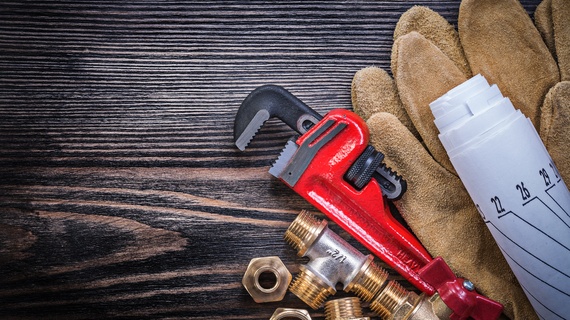
Thermostatic mixing valves (TMVs) are precision devices that blend together hot and cold water at outlets. They play an important role in reducing the risk of scalding in buildings, especially in high-risk environments (such as health and social care facilities), where residents are particularly vulnerable.
However, if TMVs aren’t installed in the correct way, they can contribute to a higher risk of legionella bacteria in the water system. Anyone who comes into contact with the contaminated water could develop Legionnaires’ disease – a fatal condition that also poses a high risk to the elderly and those with a weakened immune system.
As such, there are regulatory guidelines set by the HSE to ensure TMVs are installed correctly.
Where is the TMV located?
The first thing you should check is that the TMV is installed as closely to the outlet as possible. If it’s located too far away, the water has a higher chance of stagnating within the pipe at a temperature warm enough (but not too hot or too cold) to encourage legionella growth.
The best way to counteract this is by fitting the TMV directly into the outlet, so that the mixing of water takes place just before it is about to be expelled. If this is not possible, the piping between the TMV and the outlet should be kept to a minimum, and at a maximum of two metres in healthcare facilities.
What is the TMV connected to?
The risk of legionella infection can increase depending on the outlet that the TMV is supplying. For example, if it is connected to a shower or a hand wash basin with a flow spray, there’s a higher chance of the water being sprayed into the air and being breathed in by humans.
Whoever is installing the TMV should therefore take this into account and strive to minimise the risk by undertaking more frequent temperature checks and disinfections. You should also make sure that you stick to an appropriate number of outlets per TMV, as an overload may cause complications.
Will the TMV lead to ‘dead legs’?
The installation of TMVs can reduce the need for cold water outlets, and the pipes that supply them can be left unused for extended periods of time – leading to what is known as ‘dead legs’ within the system.
The dead legs make for a suitable legionella breeding ground as there’s often water stagnation along with a build-up of organic matter like sludge. You should regularly monitor the system and remove any piping that is no longer needed.
Are you following the manufacturer’s instructions?
The manufacturer of the TMV should have left you with a set of instructions on how to best install the TMV device, and what not to do. These should not be ignored under any circumstances, as failure to do so may result in consequences that you did not anticipate. For example, the manufacturer may provide mandatory information where the valve can be installed or the length of the pipe that you should use.
The installation of your TMV is only one aspect of ensuring its safety – you also need a maintenance plan and a competent person to check that you’re doing things correctly. We’ve designed a Legionella TMV Checklist – you can use it to quickly see whether you’re following the correct procedures.







